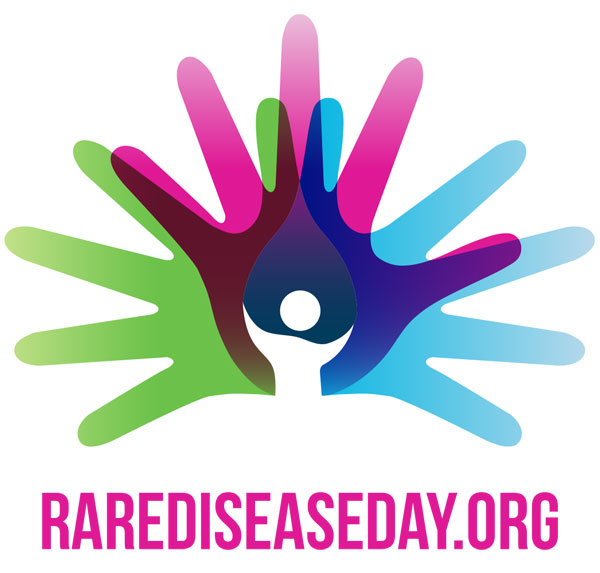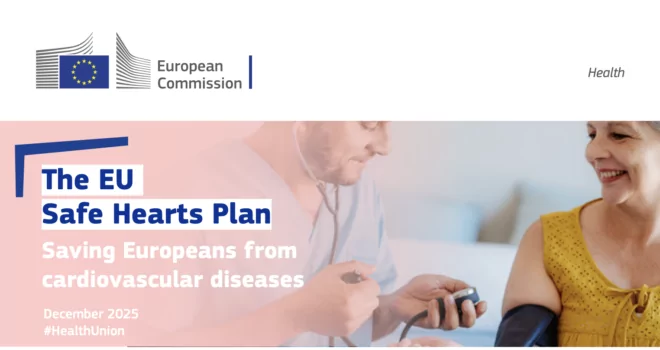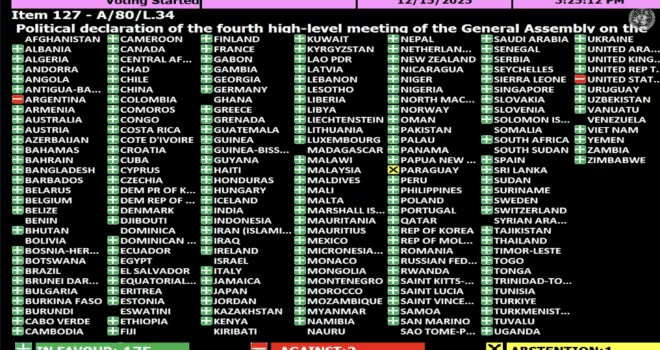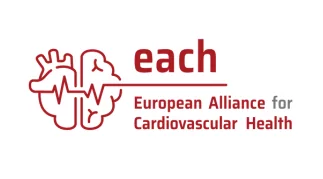
Currently, 5% of the world’s population is living with a rare disease – that’s 350 million people. In a bid to raise awareness of these diseases, and their potential impacts, Rare Disease Day is held annually on the last day of February. Targeted primarily at the general public, the campaign is also aimed at policy makers, public authorities, industry representatives, researchers and health professionals.
Rare diseases are defined differently across the globe. In the EU, it’s when it affects fewer than one in 2,000 people, while in the USA it’s when it affects fewer than 200,000 Americans at any given time.
The reach and impacts of these diseases also vary significantly. One disease may affect only a handful of patients, while another could affect as many as 245,000. In fact, one in 20 people will live with a rare disease at some point in their life.
Cardiovascular disease is anything but rare – it is widely researched and well understood, unlike most rare diseases. Therefore, those working in this field tend to be uninterested in rare diseases. In addition, CVD diagnosis tends to be very broad, not taking into account the possibility of there being a rare cause to an otherwise common condition. This can lead to a high risk of misdiagnosis, which is one of the biggest hurdles facing all rare conditions.
There is much work to be done to improve the diagnosis and treatment of rare diseases, and rare heart diseases specifically. Currently, the average rare disease patient waits about five years from symptom onset to accurate diagnosis, and less than 5% of the known 7,000 rare diseases have approved therapies.
This year’s Rare Disease Day campaign will focus on bridging the gaps in the coordination between medical, social and support services in order to tackle the challenges that people living with a rare disease, and their families, face every day.


